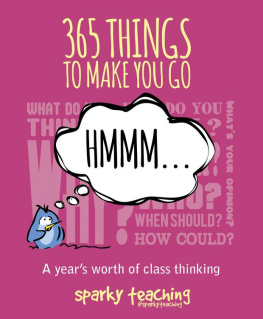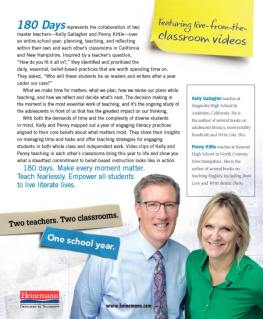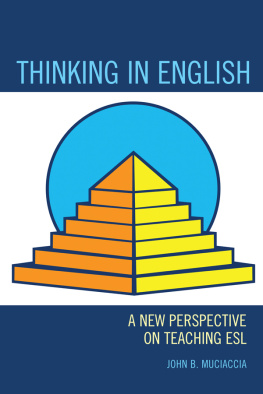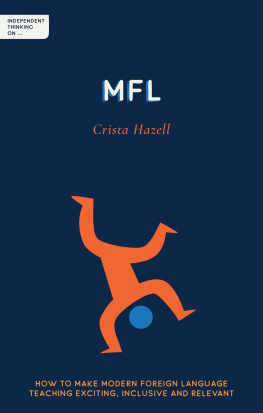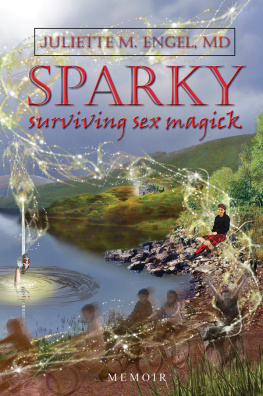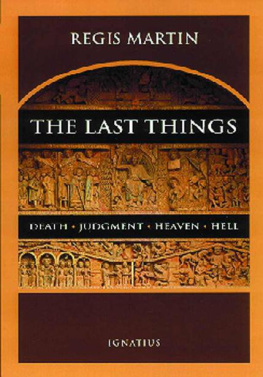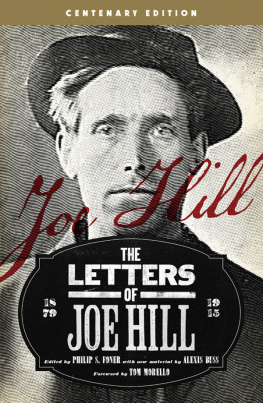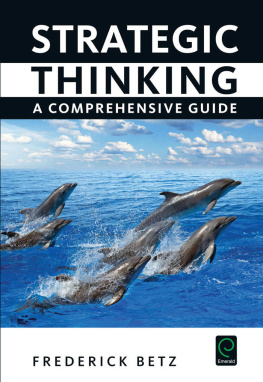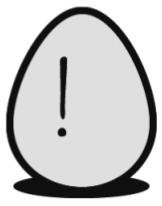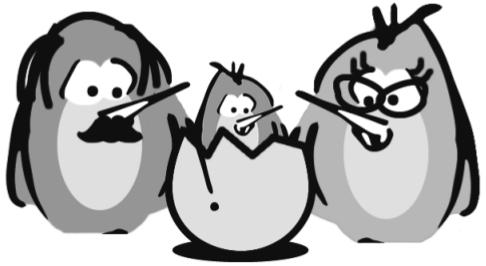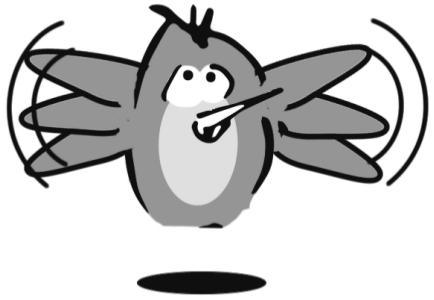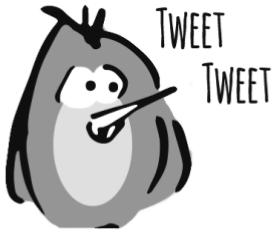Apparently, Hull City is the only team in the football league whose name contains no letters you can colour in (unless youre in Year 7, in which case youll see an immediate opportunity in the sixth letter).
Fascinating as that fact is, this book doesnt provide you with a years worth of similarly useless-but-strangely-captivating trivia or general knowledge questions. Hopefully, 365 Things To Make You Go Hmmm is slightly more than that. This is a collection of thought-provoking questions, activities and ideas chosen carefully to help you do four things:
- Nurture a questioning culture in class. Or, more accurately, a questioning culture amongst your students in your classroom.
- Encourage openness.
- Develop your relationship with your class/child.
- Encourage a range of skills, including:
a. problem-solving
b. mathematical thinking
c. logical thinking
d. literacy skills
e. creative thinking
f. personal and inter-personal skills
g. a sense of awe and wonder about the world
In short, this book tries to tread a line between interesting and important.
If you are a teacher, the idea is that you carve out a minimum of five minutes every day with the sole aim of discussing that particular days question. This could be during registration, at the end of the day or during snatched moments with your class.
Of course, you might want to use them more specifically. Some would serve well as lesson starters (#083), plenaries (#074) or mid-lesson activities to introduce a change of pace. Others deserve more time, so could be worked into a main lesson. You might decide #009 merits an entire maths lesson, #025 would make a great English session or a full Circle Time should be devoted to reflecting on #306. To help you with all of this, some of the questions have been indexed into categories on page .
A CASE STUDY
Worth mentioning is the way that Eirian Painter introduced and now uses this with the children at Liberty Primary School in Merton, London. Its an excellent model if youre looking for a way to embed these sorts of questions across your whole school.
Each week, one question is decided on and then announced to the school during assembly. Every classroom then has a poster of the Hmmm, as well as one on the schools Challenge of the Week display board.
During the week, specific time is allocated for pupils to respond to the question. They do so by writing their response or answer on colour-coded paper (one each for Early Years, KS1 and KS2) and posting it into the Challenge Box attached to the main display.
The challenge is discussed during Fridays whole-school celebration assembly and one answer from each phase is read out as the winner.
Each weeks challenge (and all its responses) is finally filed in a cabinet beneath the Challenge display and the school is steadily building up a powerful library of evidence of the way that children think across the age ranges.
Using weekly challenges in this way has encouraged our students to think things through more, rather than accepting a common answer. Its a really useful way for them to deepen their knowledge and understanding of the world.
Eirian Painter, Deputy Head Teacher, Liberty Primary School, Merton
With their challenge, Liberty have developed the idea to serve the whole school. If only wed thought of it, this would have been a lot quicker to write 52 questions would have made a thinner book!
Although weve done our best to make this book as aesthetically pleasing as possible, its real worth doesnt lie in the questions themselves. Its your follow-up questions and the ensuing discussion that will make all the difference. This is a working document.
So, with this in mind, wed like you to do something. Turn to page and write down a quote youve heard recently that makes you think.
Come back when youve finished
Like the best lesson plans, evaluations and Individual Education Plans, this book is much more useful if you view it as a work-in-progress. Please write in it. Highlight sections. Jot down how youve used follow-up questions to develop ideas. Note down inspiring quotes, new stories or website links. Let it become a journal a home for your Hmmms.
365 IS JUST THE BEGINNING.
Theres no truth in the rumour that the reason Assem Allam (current Hull City owner) wants to change their name to Hull Tigers is because it would bring the letters g and e to the table.
Spring 2008 The egg of an idea
365 Things started life as a classroom display. It featured enlarged photos of the heads of students with thought bubbles above each one. They then wrote the questions that were concerning/interesting them at that point in time. I know what you should call it, said one student on their way out to lunch. Things that make us go Hmmm. And so it began.
June 2009 Sparky Teaching hatched
Sparky Teaching was created as a home on the web for teachers, parents and students who cared about creative teaching, creative learning and what we believed was the important stuff. Wherever you are in the world, many of the issues teachers face are the same. How can we find opportunities to emphasise character-based values when faced with an increasingly content-heavy curriculum? Is creativity being crowded out of the school day? Through slightly left field but nonetheless incredibly important resources, we tried to meet the needs of creatively-minded teachers and parents who didnt mind doing things slightly differently in order to get learning to stick.
September 2009 365 Things flew solo
We started posting one big question every day to get students thinking and sharing their answers. Over the next few years, popularity steadily grew and we did our best to make the content as engaging as possible. To keep things fresh, we deleted the questions and started from #001 again at the end of each year. Every day a new question is still posted at http://sparkyteaching.com/resources/thinkingskills/hmmm.php and tweeted using the hashtag #HmmmsTheWord.

